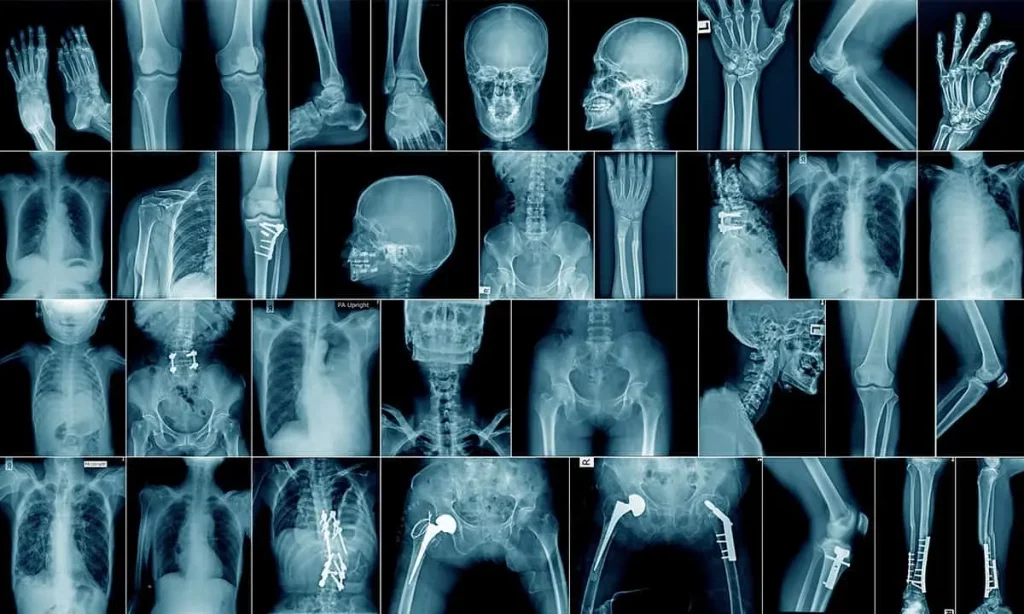
Radiation in medicine often raises concerns among people, mainly due to myths circulating about potential risks. It is essential to understand the reality of this process and reassure people that their worries are unfounded. Here are a few key points to help you understand that radiation in medicine is safer than it may seem.
Controlled Radiation: Precision Above All
For medical purposes, radiation doses are carefully tailored to be minimal yet sufficient for diagnosis or treatment. Precise technologies allow the targeting of radiation directly to the intended area, reducing the risk to surrounding tissues.
Diversity of Radiological Procedures: Different Doses for Different Needs
X-rays, CT scans, MRI – each of these procedures uses different radiation doses tailored to their specific purpose. For example, diagnostic X-rays use low doses, while therapeutic procedures may require more but under careful expert supervision.
Radiation and Pregnancy: Careful Assessment for Safety
Although it is important to avoid radiation exposure during pregnancy, in some emergency medical situations, radiation may be necessary with appropriate precautionary measures. Decisions are made with a careful risk and benefit assessment.
Dental X-rays: Minimal Doses for Precise Diagnoses
Dental X-rays typically use low radiation doses, and dentists adjust procedures to minimize exposure. Patients should be aware that these doses are low and provide significant diagnostic benefits.
New Horizons in Radiology: Technological Progress Enhances Safety
Modern technologies, such as digital X-ray machines and innovative methods, enable greater precision with less radiation. Artificial intelligence also contributes to faster and safer diagnoses.
Continuous Radiation Monitoring: Safety First
Experts in radiology regularly monitor patients’ radiation exposure. This careful control contributes to reducing risks and ensures that doses are maintained at the lowest possible level.
Effective Communication: Open Dialogues with Patients
Radiologists need to actively communicate with patients, explaining procedures, radiation doses, and the benefits of diagnostic procedures. Open dialogue eliminates unnecessary worries and fears.
Radiation in medicine is a powerful ally in diagnosis and treatment. With technological advancements and careful dose control, we can rely on these methods without undue fears. It is essential for patients to understand that safety is at the core of every medical practice, and radiology is designed to be safe and effective.




